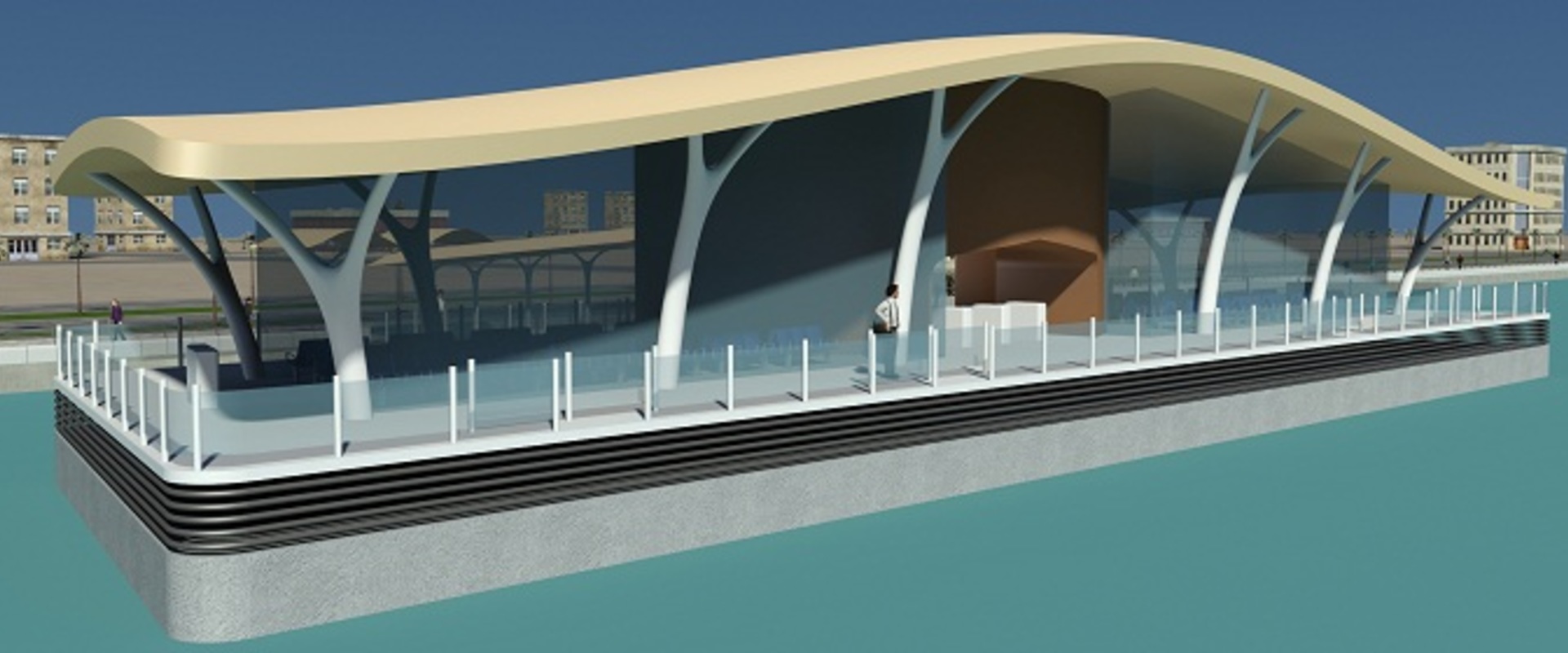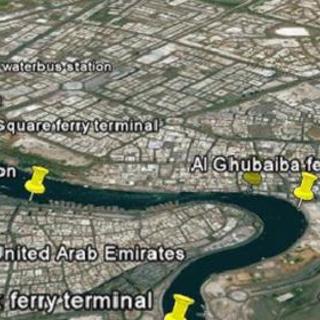
Public Transportation Program, Jeddah
Jeddah's coastal areas have seen significant growth in recent years.
Jeddah has seen significant growth in recent years as the main metropolis on the Red Sea and gateway to Mecca. The city has spread along the coast, and the focus of public transport (light rail & tram) was also developed parallel to this.
Recognising that the marine system would be unlikely to be used for commuting, BMT proposed a network that was aligned with the significant recreational areas and attractions being developed along the coastline.
BMT’s role was to support Artelia and SYSTRA in developing the marine system components of Jeddah’s consolidated public transport system. The study delivered:
Sustainability – A key focus was the incremental phasing of the system to ensure that incurred costs were being managed alongside demand.
Innovation – The pier, whether sited on pontoons in the sheltered inland waterways, or set on reclamation at the coast, features a standard 'fit out' to ensure consistency of passenger navigation through different stations, minimise CAPEX through common specifications, and provide ease of expandability.
Added Value – The high level architectural concepts provided by the planning team offered early insight into how the system may relate to the coastal environment and urban area.

BMT reviewed the operational feasibility of an extended ferry route along the full length of the Dubai Creek.

BMT supported Parsons Brinckerhoff in developing the first marine transport masterplan for Dubai. A transport model integrating inland and offshore modes can realise significant efficiencies and benefits.

The US National Transportation Safety Board's Office of Marine Safety has installed our fully certified BMT REMBRANDT simulator system.